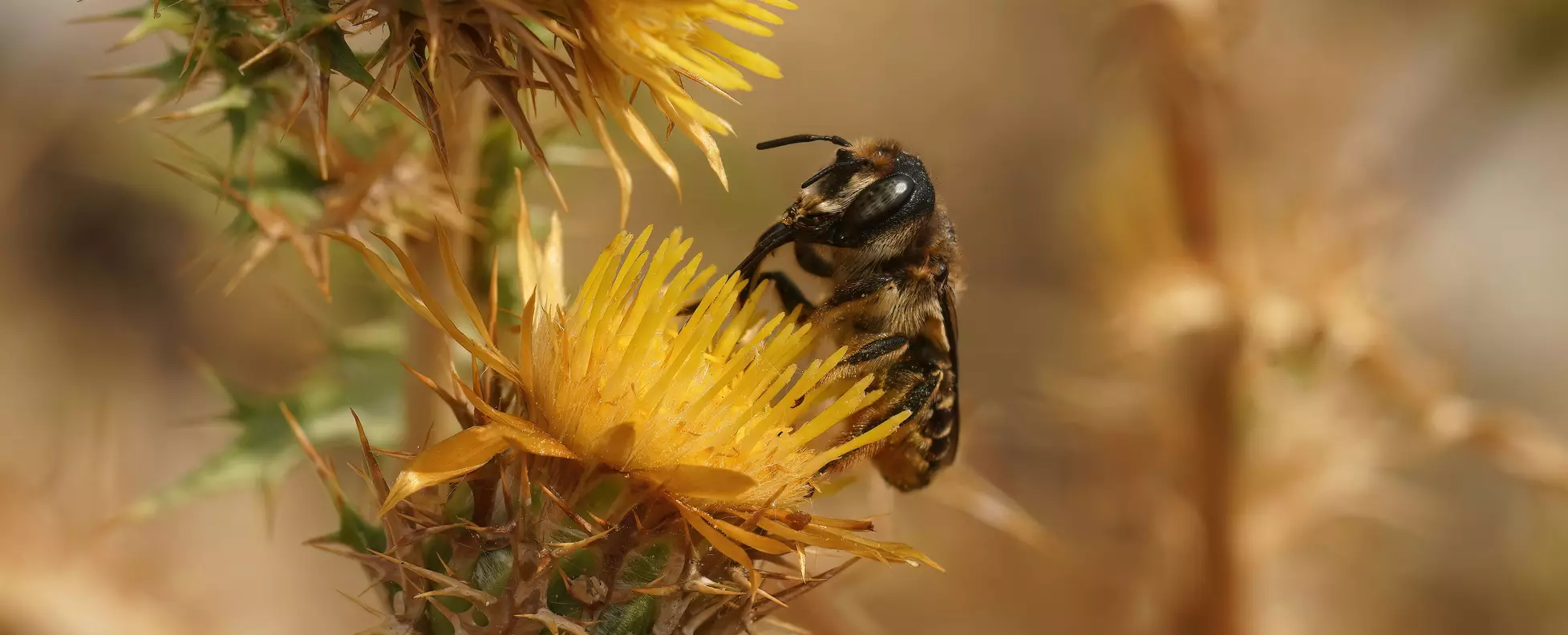Flowering in plants is not simply a random occurrence, but rather a process triggered by various environmental cues. Changes in temperature, increases in nutrients, and variations in water availability all play a role in signaling to plants when it is time to bloom. This is why we often associate spring with blossoming flowers bursting through the melting snow, as the shift in environmental conditions prompts this natural phenomenon.
Recent studies conducted in Doñana National Park, located at the southwestern tip of Spain, have revealed a concerning trend: the ideal flowering conditions in the park are arriving earlier each year. With just a minor increase in average temperatures and minimums, plants in the park are thriving as if it were already the first week of May when it is actually mid-April. This shift has significant implications for the park’s flora, composed of over 875 plant species.
The implications of these changes extend beyond the borders of Doñana National Park. The park’s unique ecosystem, which serves as a crucial stopover location for migratory species traveling between Europe and Africa, may experience disruptions that could reverberate throughout the entire region. As flowering times shift, the delicate balance between plants and their insect pollinators is also at risk.
The field of phenology, which studies the timing of biological events in relation to climatic factors, has become an essential tool in monitoring the impacts of climate change on ecosystems. By analyzing decades of flowering data for a wide range of plant species, researchers have been able to track the changes occurring in Doñana National Park with precision.
The findings from this study highlight the complex interplay between climate change and biodiversity. As flowering times shift, the relationships between plants and pollinators are being reshaped, potentially leading to overcrowding and disruptions in the ecosystem. Long-term monitoring of natural environments is essential to fully comprehend the extent of these changes and their implications for global biodiversity.
The changes observed in Doñana National Park serve as a sobering reminder of the far-reaching consequences of climate change on our natural world. By understanding and addressing these shifts in flowering times, we can take steps to mitigate the impact on ecosystems and protect the delicate balance of life on Earth.


Leave a Reply